From January 2026, Euro NCAP, Europe’s car safety testing body, will start cutting points from cars that don’t have physical buttons, stalks, or knobs for important functions. This is part of a bigger
effort to make driving safer by reducing distractions caused by touchscreens.
In recent years, many carmakers have switched to minimalist interiors, where everything from the air-conditioning to the wipers is controlled through a touchscreen. But now, Euro NCAP says that too many touchscreen controls make cars less safe. Research shows that using touchscreens can take a driver’s eyes off the road for too long, sometimes between 5 and 40 seconds, which greatly increases the risk of accidents. Even a quick two-second glance away from the road can double the chance of a crash.
Also Read: Hyundai Venue Available With Up To Rs 1.70 Lakh Price Cut Ahead Of New Model Launch
Touchscreens also don’t provide “haptic” or physical feedback like traditional buttons do. When you press a real button or turn a dial, you can feel it. On a touchscreen, you can’t, so you often have to look down to make sure you tapped the right spot. According to EU data, distraction-related accidents have gone up by nearly 20% since 2020, which is why Euro NCAP is stepping in. Under the new rules, cars will need physical controls for five key features to qualify for a five-star safety rating. These are:
• Turn indicators
• Horn
• Hazard lights
• Windshield wipers
• Emergency call (SOS) button
This means carmakers that have removed these buttons will need to bring them back. Brands like Tesla, Volkswagen, and Peugeot, which have gone all-in on screen-heavy interiors, might have to redesign their dashboards. It could also mean extra costs and delays for new models.
Also Read: Yamaha XSR 155 India Launch Likely This November - Here’s Everything We Know So Far
Now, should Bharat NCAP, India’s own car safety program, follow this rule? That’s a valid question. While Bharat NCAP currently focuses on crash tests and structural safety, driver distraction is becoming an issue in India, too. With more affordable cars now getting touchscreen infotainment systems, the risk of drivers looking away from the road is increasing. If Bharat NCAP introduces similar standards, it could push Indian automakers to balance design with usability. And for buyers, it could mean safer, more practical interiors, where the most important controls stay just a button press away.


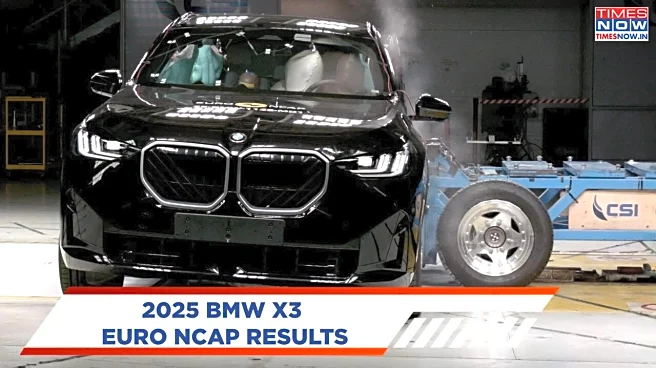

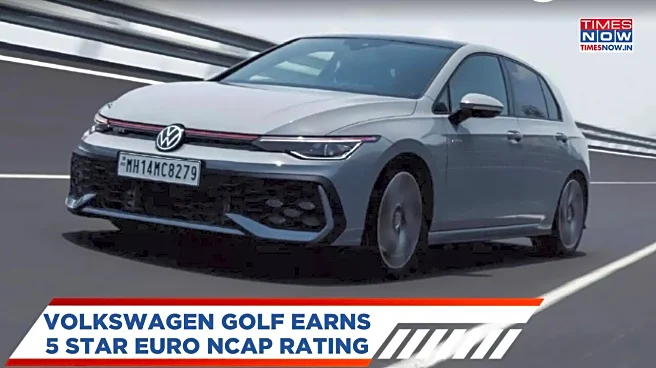


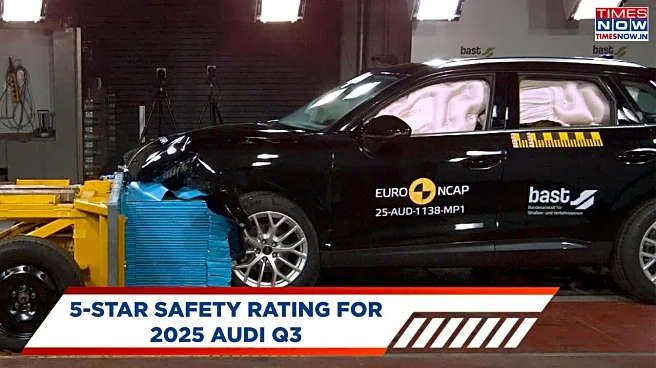
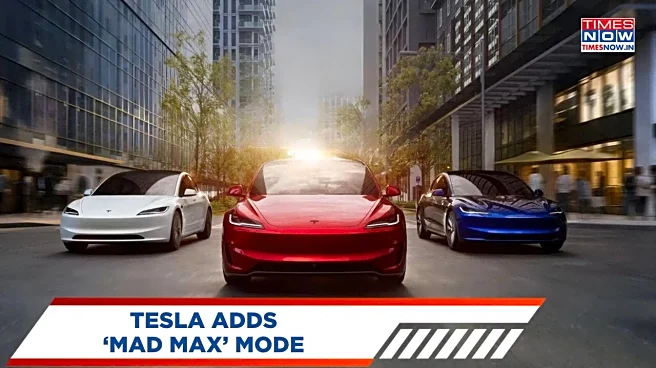
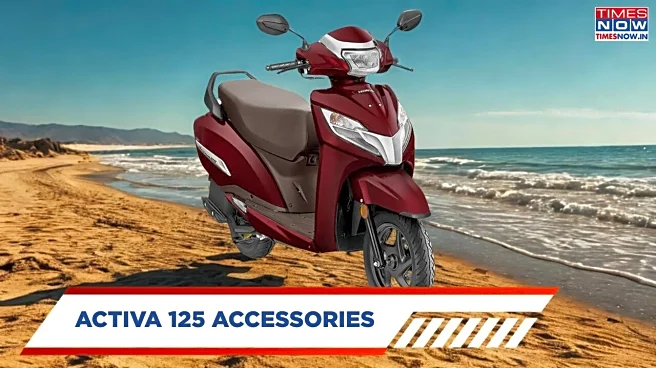


/images/ppid_59c68470-image-176096254520764060.webp)
